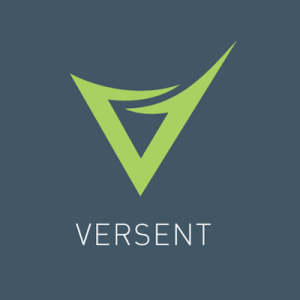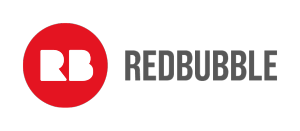This month we talked about product management at startups including how you know when you need to hire a product manager at a start-up.
Our experienced panel to help us in this discussion were:
Megan Linton – currently a Product Manager at Flippa.com but has also worked at TradeMe where scaling was definitely challenging.
Nick Kenn – is General Manager at Flippa.com, hired their first product manager and knows how hard that first recruit is.
Chris Dahl – co-founder of Nitro and currently BDM at Pin Payments. He has grown a product team at Nitro and currently works in a start-up so had lots of valuable insight to share.
Jason Kotchoff – who is a software engineer turned entrepreneur and just had some great coverage for his product StockLight. He is currently doing this all himself so had some insight into why he hasn’t hired product so far and some advice on working with product people.
When did you first recruit or encounter a product manager?
Nick opened the session talking about the first time he had to hire a Product Manager at SitePoint. He had to first understand what aspects of product management the business needed then what types of Product Manager would be attracted to a business with no formal history of the discipline.
There is a lot to consider when bringing in the discipline for the first time.
Megan was one of the first PM’s to join TradeMe and certainly found it challenging to manage the role. Product managers came in really late in the game (10+ years late) and she realised she had to be a chameleon to get things done.
It is a tough gig to be the “jack of all trades” but the master of none and manage the communication that is needed to keep so many people informed as to what is going on with product.
Chris knew he needed product people once he realised he couldn’t get everything done himself and needed help.
The key thing he looked for was culture fit. Chris had some experience making wrong hires but realised that everything except attitude can be taught. It’s better to choose the right fit than try to find a person who can do everything!
[pullquote] Everyone wants a unicorn![/pullquote]
Jason hasn’t hired a product person. His needs have usually required technical knowledge, capability to really drive innovation and the work instead of asking for or suggesting product ideas that just aren’t feasible.
With a lot of engineers already in-house, Jason feels a real clarity of technical language is critical.
What were the teething problems bringing in product?
This question tapped into the scaling perspective.
Megan experienced rapid growth at TradeMe and jumped in first on this question. Communication was difficult to manage as the company grew. Ensuring information flowed from the product team to all staff and all staff back to product was a challenge.
Nick talked about how incoming ideas are difficult to coordinate and the challenge of letting people know if they will be used, actioned or followed up on.
What is great about working at a start-up as a product manager?
You can’t hide anywhere!
What about your relationship with the founder? How do you manage this?
There were a few comments about the founder continuing to be involved with product and sometimes not always in alignment with what may have been agreed to as the current plan.
The audience joined in with some comments at this point about their experience. One topic was whether their founder was “a product person” or not. If the founder is, it can be very helpful as they understand the value of product management rather than needing it proven to them.
You certainly need to be ready to build trust with the founder.
They need to realise that you will evangelise their product as well as they do and bring a helpful impartiality to the discussion. You help bring data and user tests to the thinking as well as know how to execute on the exciting and visionary ideas.
Plus of course you just need to do whatever needs to be done to to suit that company and that product at the time!
Thanks again to Flippa for being a wonderful host and sponsor!




